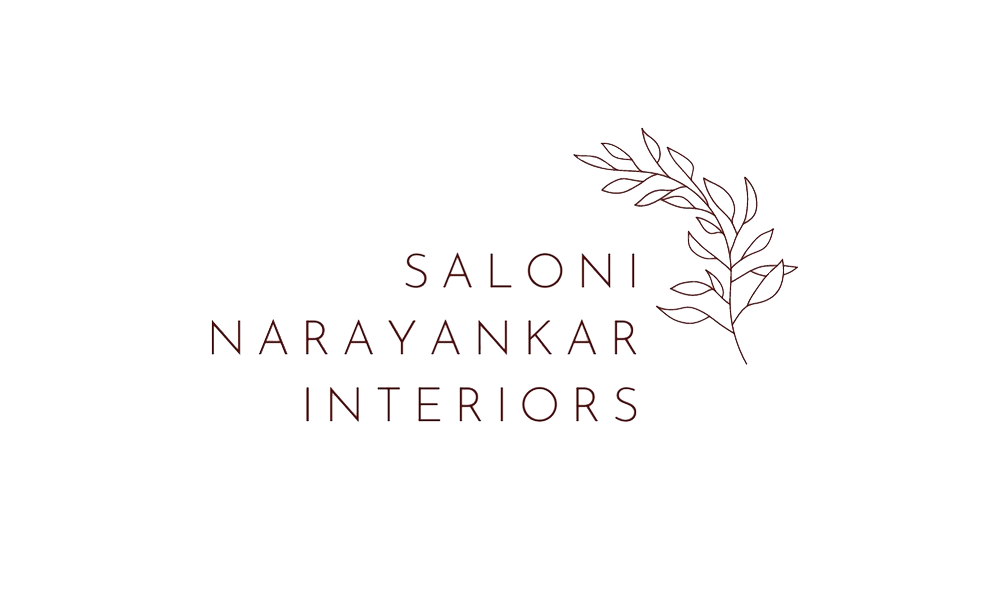Interior Design for Teens: Cool, Functional, and Full of Personality
Designing a teen’s bedroom is like walking a tightrope between their Pinterest board and your practical expectations—and honestly, we get it. Teens want cool; you want functional. They want neon lights and bean bags; you want something that doesn’t look like a TikTok set exploded.
The good news? With the right approach, interior design for teens can balance self-expression, comfort, and good ol' practicality.
Why Teen Rooms Deserve a Design Rethink
Let’s be real: teens basically live in their rooms. It’s their study zone, hangout spot, sleep cave, content studio, therapy couch, and wardrobe department—all rolled into one. A well-designed teen room supports:
Creativity
Focus and study
Rest and relaxation
A sense of identity and independence
So, this isn’t just about picking out paint colors. It’s about creating a mini universe where your teen feels safe, seen, and totally themselves.
1. Start with a Conversation, Not a Catalog
Teenagers have opinions—strong ones. (Shocker, right?) So before you haul in furniture or start a mood board, sit down and talk to them. Ask about:
Colors they like
Activities they do most in their room
Storage needs (especially for books, gadgets, or sports gear)
Vibes: Do they want a zen retreat or a creative chaos corner?
This makes them feel involved, and helps you avoid future eye-rolls and “ugh, this is so lame” reactions.
2. Choose a Flexible Color Palette
Trendy, but not too trendy. That’s the magic formula.
Consider color palettes that grow with them:
Blush pink and grey – Soft and modern, great for a chill vibe.
Navy and mustard – Bold and gender-neutral.
Monochrome black and white – Timeless, and easy to layer with funky art and textures.
Let the walls be calm, and go wild with accessories—they’re easier (and cheaper) to switch out.
3. Functional Furniture is the Real MVP
A smart teen room = furniture that pulls its weight. Think:
Storage beds or trundle beds – Perfect for sleepovers or stashing off-season clothes.
Wall-mounted desks – Great for study zones in small rooms.
Modular wardrobes – So they can organize and still pretend they’re not hoarders.
Pro tip: Go vertical. Wall shelves, pegboards, and hanging organizers make use of every inch.
4. Add Personality Without Permanence
Here’s where the fun begins. Teens change faster than Wi-Fi passwords, so lean into non-permanent decor:
LED strip lights or fairy lights
Washi tape wall art or peel-and-stick decals
DIY photo walls with clips and string
Posters, records, or framed quotes
Let them experiment. The room should evolve as they do.
5. Create Zones for Their Lifestyle
Instead of a one-size-fits-all room, break it into zones:
Study Corner – Good lighting, comfortable chair, clutter-free desk
Hangout Zone – Floor cushions, beanbags, maybe a tiny projector?
Sleep Space – Comfy bedding, blackout curtains, soothing lighting
Design for their habits—not just how it looks on Instagram.
6. Tech-Savvy Touches
Let’s not pretend they’re not glued to their screens. Integrate:
USB ports or charging stations near the bed and desk
Bluetooth speakers or smart lights they can control with their phones
A little cable management so it doesn’t look like a spaghetti explosion
7. Keep It Budget-Friendly with DIY and Upcycling
Teen interiors don’t have to burn a hole in your wallet. Try:
Repainting old furniture in funky colors
Using crates for storage
Turning mason jars into desk organizers
Thrift store finds with a Gen-Z twist
Final Thoughts
Interior design for teens is about more than aesthetics—it's about giving them space to be themselves (without compromising your sanity or square footage). Blend style with structure, color with calm, and trend with timelessness.
And if you're still stuck or don't want to play design therapist to your 14-year-old? That’s where pros like us come in. We create teen bedrooms that look great, feel personal, and grow with your child—without drama.

